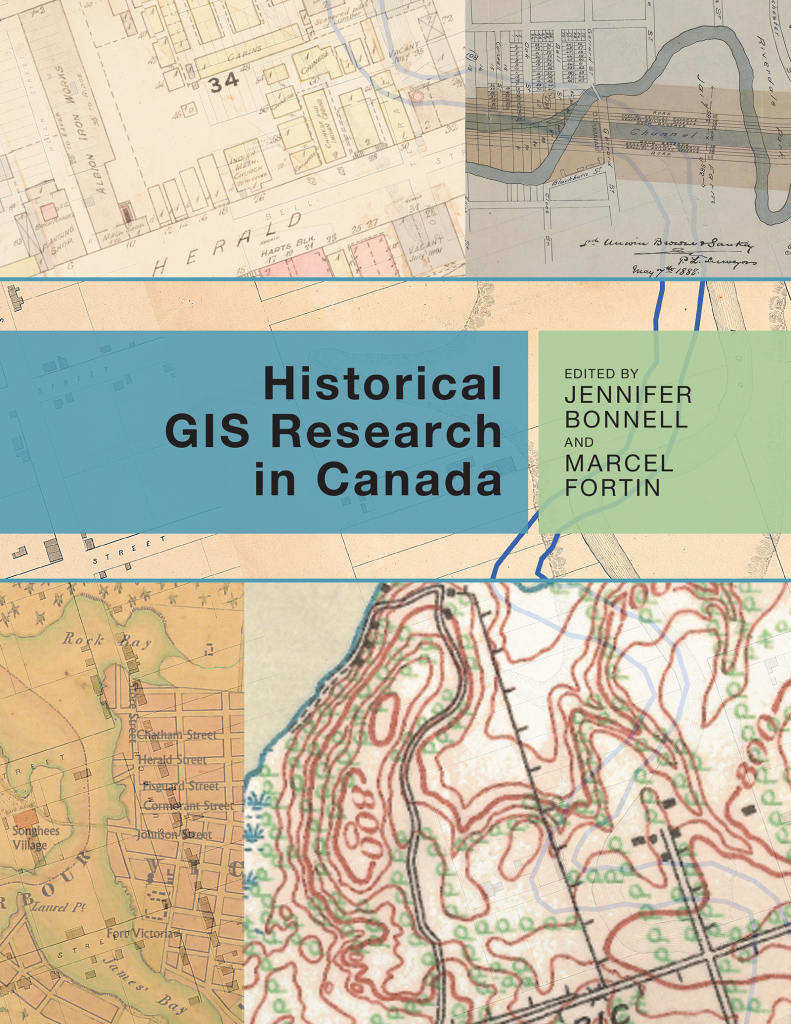Review of Don Valley book in Alternatives Journal
Reviewed by Alanna Bodo. Originally published in Alternatives Journal 10 March 2015
For the 100,000 daily commuters who travel on the Don Valley Parkway in to Toronto’s East end, the landscape is likely viewed as a picturesque transportation corridor, if it is noticed at all. Do Torontonians truly understand the valley for all that it has been in the past – a driver of industry, a conduit for waste and a source of natural resources? In Reclaiming the Don, Jennifer Bonnell presents the findings of her environmental-historical study of the Don River Valley and investigates the complex relationships it has had, and continues to have, with the 2.5 million residents of Toronto.
From the first sentence, Bonnell hooks the reader with her tale of Princess Margaret’s visit to Toronto in 1958. A footbridge over the severely polluted Don River was the spot chosen for the Princess to greet the public. City officials developed a band-aid solution of dumping perfume into the river to mask the noxious odour so as to not offend the Princess. This factual account seems almost unbelievable in present times, however it adequately portrays the goal of city officials at the time. They were not interested in discovering why the river was so polluted and how it could be stopped, but instead, how to cover it up.
Bonnell recounts in great depth the history of the Don Valley from political, sociological, ecological and economic perspectives. Her study, accompanied with maps and illustrations, creates vivid images for the reader, guiding them through numerous transitions of the iconic landscape over the past 200 years.
Colonization began when John Graves Simcoe settled the valley in 1793. The study uses archaeological evidence to describe how indigenous groups used the valley for fishing and recreation. Simcoe observed great potential for the valley and thus it was chosen as the site for the provincial parliament buildings and the city centre. As the city transitioned away from an industrial-based economy, it became less dependent on the river and the city centre and financial district was developed west of the Don River.
Next, Bonnell chronologically details the changes in the valley, continuing with the period of rapid industrialization throughout the nineteenth century. She describes how the valley went from providing locals with clay, timber, and fish to an industrial wasteland, a consequence of the breweries, distilleries and mills constructed on the banks of the Don. The story of change is equally economic, sociological and environmental in nature, describing a complex and intertwined system as industry relied on the river, and the residents relied on industry. The natural landscape of the Don Valley would forever be changed, with drastic environmental consequences as a byproduct of economic success.
Bonnell describes how the river valley transitioned from a yellow-green soup of industrial waste to a major transportation corridor into the city centre. The Don Valley quickly became viewed as a rugged and polluted landscape, rarely patrolled by authorities, thus making it a harbour for criminals and illicit activities. The Valley in the mid-nineteenth century was home to the socially marginalized and the city’s medical and reformatory institutions. She thoughtfully explains, “marginality thus was not an inherent characteristic of landscapes or of human populations; it was actively produced.” By establishing the reformatory and the Industrial House of Refuge in the isolated Don Valley, the city produced a dwelling for the socially marginalized. One hundred years later, in the 1960’s, the valley became the site for the Don Valley Parkway. The valley played a diverse role in the development of Toronto, as a driver of industry, a dumping ground, a supplier of natural resources, a site for recreation, and then more importantly as a transportation corridor. In Toronto’s early history, industrial growth relied on the flowing river to dispose of waste, as well as provide local businesses with clay, timber and fish. As the city transitioned out of the industrial boom, it relied on the valley as a transportation corridor to bring more people into the city of Toronto daily, driving the economy in a different way. In all of these perspectives these developments drove the expansion of Toronto, despite a neglected and polluted river as a consequence of building the largest city in Canada.
While this book has a clear application for anyone studying the environmental impacts of industrial development on waterways, it is not just for the historian, the environmentalist, the sociologist or the economist. It can also provide every resident of Toronto with a sense of their past and a great respect for a small river that is often overlooked. In addition, this study can be applied to other urban areas cited in the book: Vancouver’s False Creek, Halifax’s waterfront or Minneapolis’s Bohemian Flats.
Perhaps the take-away message is Bonnell’s revelation that “time after time, people failed to take into account the unpredictability of natural systems and the complexity of their interconnections with established human systems.” By examining the history of this watershed locally, we can learn from the mistakes made and take measures to prevent similar situations regionally, nationally and internationally in the future. This compelling story of environmental decline and economic success is a must-read for anyone interested in the foundation and future of Toronto. The global environmental crisis we are experiencing today, can be viewed in similar respect to Bonnell’s story – in order for economic growth, we must have environmental decline. With a paradigm shift, we can see that economic growth and environmental sustainability can exist harmoniously.


Recent Comments